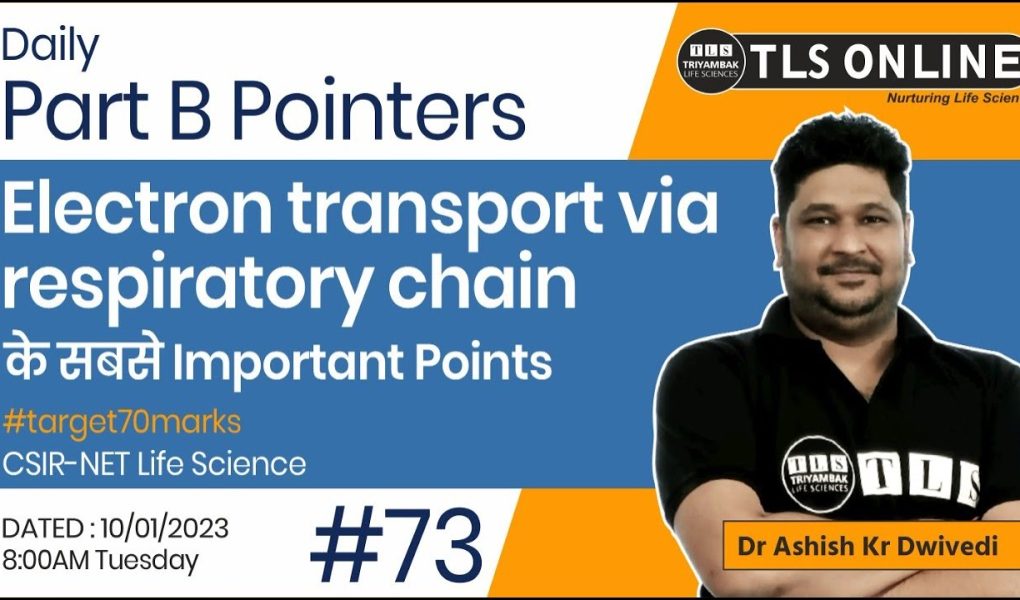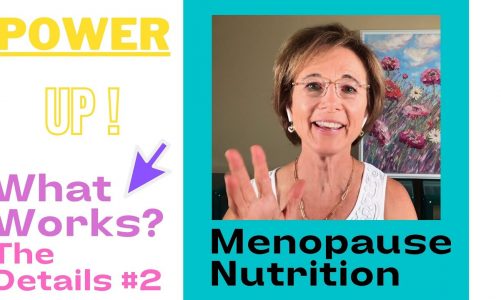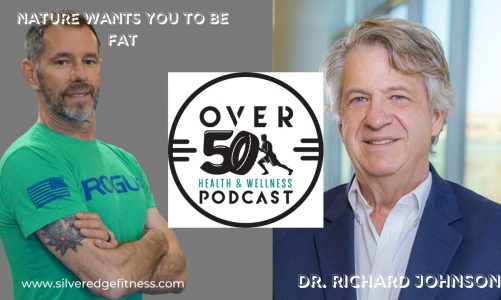Download 10-01-23 Part B Pointers from Telegram Channel
https://t.me/TLSOnlinelifescience
| Electron Transport via Respiratory Chain |
Part B Pointer of session
1. Key #pathways are
a. #glycolysis
b. #krebscycle
c. #beta Oxidation/#fatty acid oxidation
2. #Glycolysis, #Krebscycle, Beta Oxidation/fatty acid oxidation are NADH, FADH and acetyl CoA
generators SO ARE OXIDATION reactions
3. Glucose/Fatty acids——-#products
4. NADH formation from glycolysis, Krebs Cycle and fatty acid oxidation is highly #endergonic means need energy means non-spontenous.
5. NADH oxidation is highly #exergonic hence produces #energy for ATP formation
6. Water generation during OP is #energetically favorable.
7. Ubiquinone (Q) has 4 point of entry for electrons derived from NADH, reactions in the #cytosol, from #fattyacid oxidation, and from #succinate oxidation (in the citric acid cycle).
8. The #heme b of Complex II is apparently not in the direct path of electron transfer; it serves to reduce the frequency with which #electrons “leak” out of the system hence affects #ROS generation
9. Humans with point #mutations in Complex II subunits near heme b or the quinone-binding site suffer from hereditary #paraganglioma due to increased ROS
10. Complex III is a dimer so 2 Q functions simultaneously called as Q cycle
11. The passage of #electrons from QH2 to Complex III and the passage of electrons from Complexes I and II to QH2 involve the radical •Q2 as an intermediate.
12. Complex III is found to be associated with Complex I to form #respirasomes
13. The •Q2 can, pass an electron to O2 in the reaction
14. The formation of ROS is favored
a. #mitochondria are not making ATP (for lack of ADP or O2) and therefore have a large proton-motive force and a high ratio of QH2/Q,
b. there is a high NADH/NAD ratio in the matrix.
15. To prevent #oxidative damage by •O2-, cells have several forms of the enzyme #superoxide_dismutase and GSH
16. #Cardiolipin, the lipid that is especially abundant in the inner mitochondrial membrane, critical to the integrity of #respirasomes.
17. The #transfer of two electrons from NADH through the respiratory chain to molecular oxygen sends 10 proton to IMS
18. #Proton-Motive Force, has two components:
a. the #chemical potential energy due to the difference in concentration of a chemical species (H) in the two regions separated by the membrane
b. the electrical #potential energy that results from the #separation of charge when a #proton moves across the membrane without a #counterion
The Daily Part B Pointers session will focus on small one liner concepts which can be easily memorized.
In this session, all subjects like Developmental biology, Recombinant DNA Technology/Techniques, Immunology, Microbial Physiology, Evolution, Animal Physiology, Molecular biology, Cell biology, Plant physiology, and ecology will be covered. All important points relevant to Part B or single line questions will be provided to the aspirants of CSIR/GATE/DBT-JRF.
The very purpose of this series is to strengthen Part B knowledge/concept horizon especially with single liner/pointers.
The very purpose of this series is to strengthen Part B knowledge/concept horizon especially with single liner/pointers.
Each day, a session will be delivered at 8.30 morning.
In this session initially
Developmental biology U5
RDT/Techniques U13
Immunology U4
Microbial Physiology U2/U12
Bioinformatics
Will be presented with their specific chapters each day in 10 pointers (total 50 pointers).
We strongly believe that this initiative will certainly strengthen the knowledge base of CSIR/DBT/GATE aspirants.
At the same time this series will put especially curated points to memorise on daily basis from very beginning.
Hope to see your response
#tlsonline
#csirnetlifesciences
#gate2023
#gatebt
#gatexl
#dbtjrf
https://triyambak.org/
https://triyambak.org/courses?program=tpp
https://triyambak.org/courses
Telegram Link: https://t.me/TLSOnlinelifescience
Facebook: https://www.facebook.com/triyambaklifescience
Instagram: https://www.instagram.com/triyambaklifesciences
𝐉𝐨𝐢𝐧 𝐨𝐮𝐫 “𝐋𝐈𝐕𝐄 𝐎𝐍𝐋𝐈𝐍𝐄 𝐂𝐋𝐀𝐒𝐒𝐑𝐎𝐎𝐌 𝐂𝐎𝐔𝐑𝐒𝐄”
𝐟𝐨𝐫
👉 𝐍𝐞𝐰 𝐁𝐚𝐭𝐜𝐡𝐞𝐬 𝐟𝐨𝐫 𝐂𝐒𝐈𝐑 𝐍𝐄𝐓 𝐋𝐢𝐟𝐞 𝐒𝐜𝐢𝐞𝐧𝐜𝐞𝐬
Live Online Classroom course
𝐏𝐥𝐞𝐚𝐬𝐞 𝐯𝐢𝐬𝐢𝐭: 𝐰𝐰𝐰.𝐭𝐫𝐢𝐲𝐚𝐦𝐛𝐚𝐤.𝐨𝐫𝐠
𝐜𝐚𝐥𝐥 𝐚𝐭: +𝟗𝟏-𝟗𝟗𝟏𝟗𝟏𝟒𝟗𝟎𝟎𝟏, +𝟗𝟏-𝟗𝟗𝟑𝟔𝟑𝟑𝟒𝟖𝟓𝟕, +𝟗𝟏-𝟕𝟎𝟎𝟕𝟗𝟏𝟐𝟏𝟑𝟑
Triyambak Life Sciences is learning platform for CSIR-NET, GATE & IIT-JAM Life Science and Biotechnology.
We proudly quote and insist learners to take reference from Lehninger Principles of Biochemistry, Molecular Biology of The Gene, Molecular Cell Biology
Book by David Baltimore and Harvey Lodish, Developmental Biology by Scott F. Gilbert and Elements of Ecology to give in-depth insight of subjects such as #Biochemistry #Molecular_Biology #Ecology #Evolution #Immunology #Genetics #Developmental_biology
source


